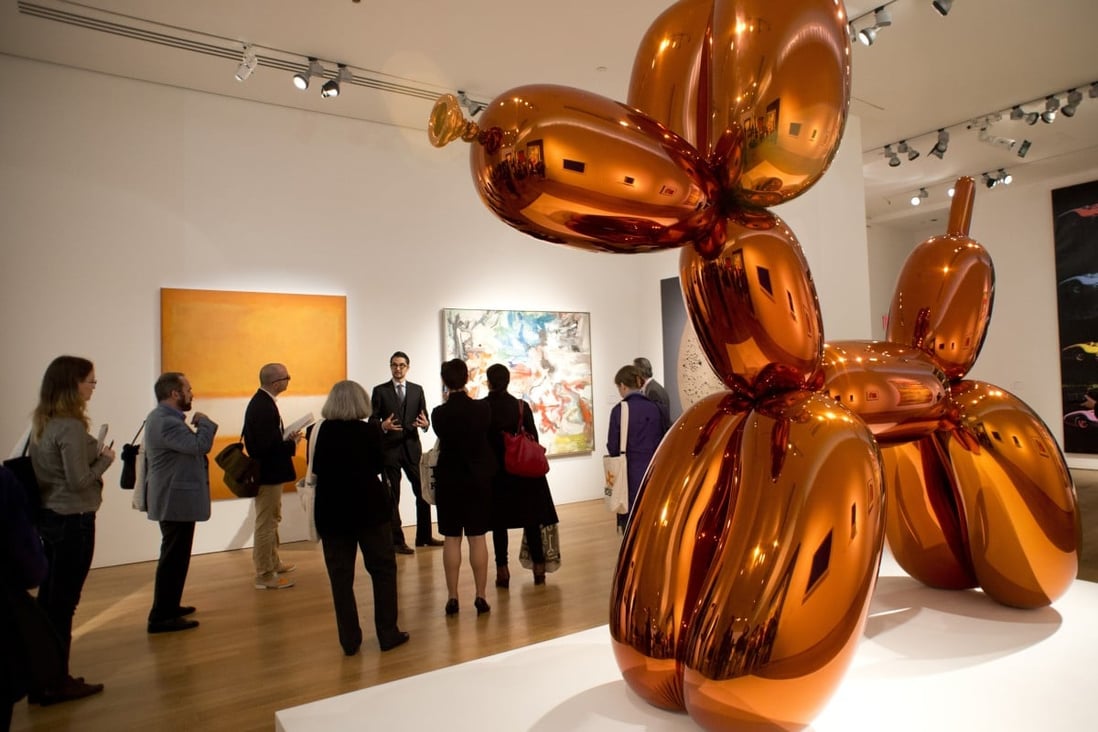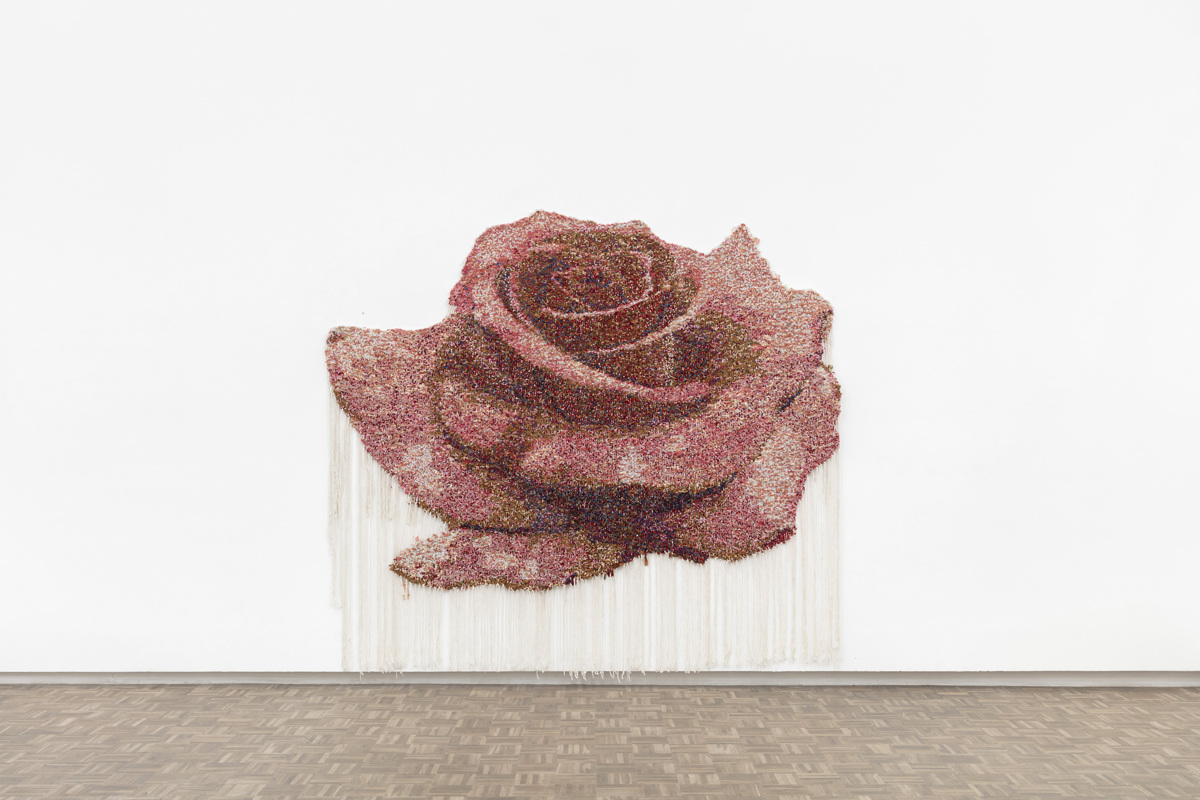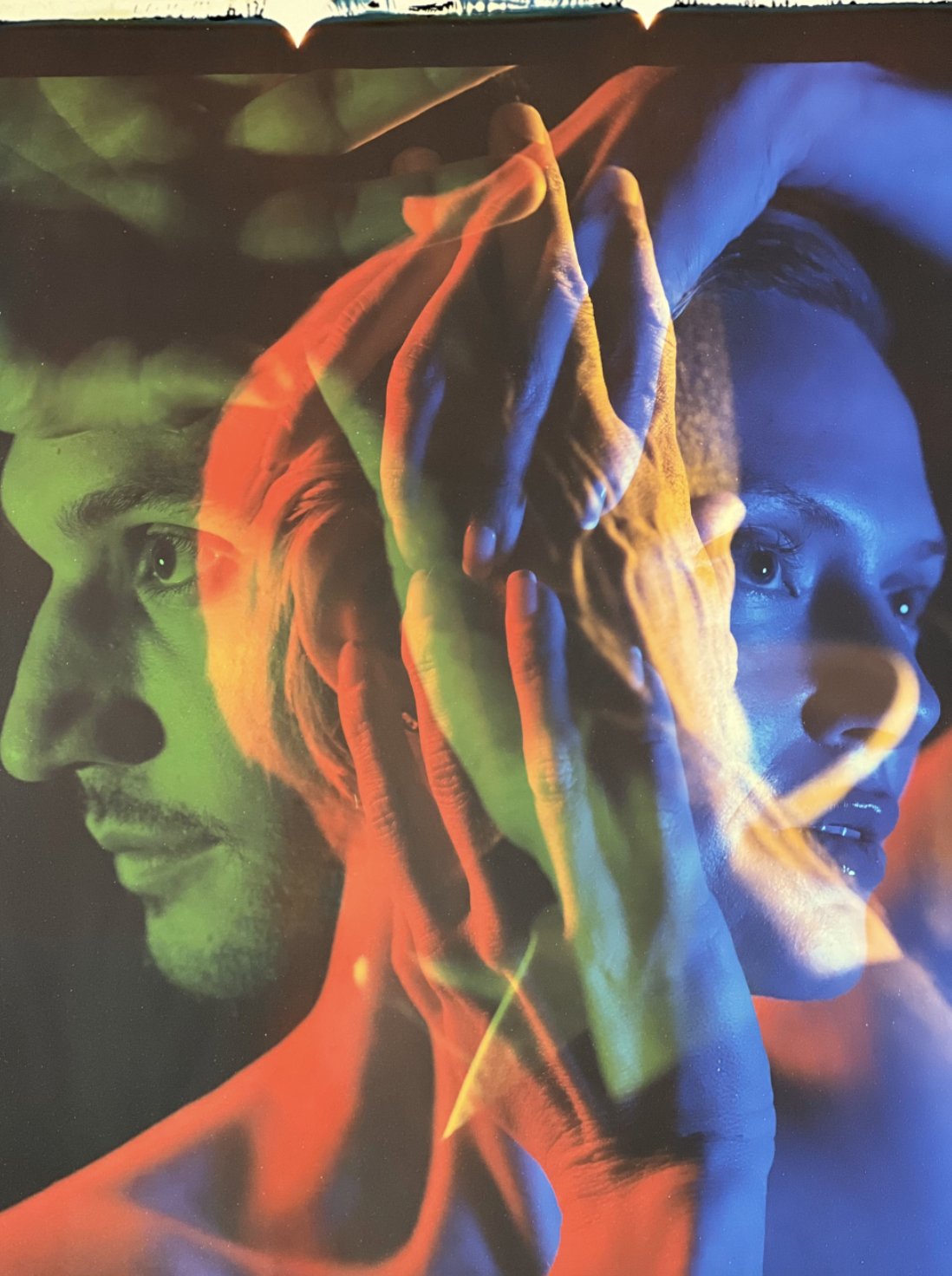Does AI art present a new frontier or does it spell the death of the artist?
AI technology has infiltrated image-making, how will this influence traditional art-making and how we conceive of creativity?
- By Mary Corrigall
------------------
 Photo Credit: DON EMMERT/AFP/AFP via Getty Images
Photo Credit: DON EMMERT/AFP/AFP via Getty Images
ChatGTP has put conversations about the perceived impact of Artificial Intelligence (AI) right front and centre. Journalists and content creators have so assiduously been reporting on it not only out of concern for the general population but due to the threat it might pose to them. As a result, the emergence of an online robot that could mimic human responses and write texts should have presented a huge leap for humanity but has sometimes been presented as a slip into the muddy abyss of technological singularity (when machines govern humanity).
Amusingly, it was a well-publicised (read on TikTok) experiment with ChatGTP to generate a crotchet pattern, resulting in a knitted blob that didn’t look too dissimilar to my own attempts at knitting a bear in grade 3, that finally quashed this fear-mongering frenzy that Open AI, the company that has been testing ChatGTP (it is still in Beta phase), had unleashed a technology that would displace many professions.
ChatpGTP might not pose a threat to pattern makers in knitting circles, but its sister programme, DALL E-2, along with a host of other platforms such as Midjourney, Stable Diffusion or Dream Studio, Art Breeder – the list is so long – are perhaps having a similar impact on shall we say, image-makers – everyone from artists, designers, digital artists, to architects. These platforms all offer a relatively new form of image-making, which is generated via text prompts. In this way, you don’t need to know how to create a digital or real image from scratch or even how to manipulate an image; you simply enter some phrases describing what kind of image you want, and voila in a few seconds an image pops out, which you can edit further, or request variations of it, and you can download it. It’s mostly all free too. For now – most are in Beta phase.
 Igshaan Adams. Al-Muhyee (Giver of Life) (2020) | String, rope, fabric, and glass, wooden, bone and plastic beads. 246 x 270 cm
Igshaan Adams. Al-Muhyee (Giver of Life) (2020) | String, rope, fabric, and glass, wooden, bone and plastic beads. 246 x 270 cm
For many artists, commercial designers, illustrators, and animation creators, the initial anxiety about what this technology means for the future of art, as with ChatGPT, subsides when you test it – the quality of the images is uneven. Beginners (like myself) tend to turn out a motley crew of crude, ugly, banal or plain weird images in rapid succession. Human faces are often distorted. The image references are also Western-centric – you can’t summon an African visual reference easily unless it is well-known. You can load existing images – so you could test out a mash-up of El Anatsui and Jeff Koons. The language relies on visual signatures or words that prompt specific design, art or aesthetics – and cliched notions of those visual modes. As such you are playing with a reductive crude idiom.
Making AI art isn’t as simple as it appears. You do need to understand and learn what different kinds of images emerge from certain kinds or classes (shall we call it) of words, as well as the unique qualities of the different platforms and the different GAN (Generative Adversarial Networks) architectures at play. GAN drives this technology and relies on deep learning methods – that is once the machine is 'trained' it can do the work on its own. The results depend on the 'initial' training - the input of data and the patterns it detects. As such the machine/programme learns from the data – and importantly how the data is classified – the labels attached to it, which are processed via different kinds of neural architecture. Hence, the text-driven input.
GAN technology has been around since 2014 but, according to Jonas Oppenländer, a digital-tech academic, it was the release of Open AI’s CLIP (a contrastive language-vision model) in January 2021 that propelled the technology forward. Now, it seems there is no going backward, but only forward headlong into the AI stratosphere.
On Midjourney’s Discord server you can view works made by more seasoned AI artists, who have mastered ‘prompting’. They tend to be fairly illustrative in their appearance, or are fantasy centred – echoing an aesthetic you associate with gaming, animation – other digital arts. There is certainly a correlation between entering a new era of scientific progress and with the popularity of cliched sci-fi imagery – much like the abundance of space travel imagery that surfaced in the NFT market. Naturally, this excess of imagery being generated is going to feed into the NFT marketplaces, where digital art currently is traded, though the ownership of the imagery remains up for debate.
Presently, the main challenge this form of AI technology (there are others that are being used in the production of traditional art, such as sculpture) presents for the traditional art market is ideological; as it raises questions about the concept of art, authorship, and the nature of creativity.
AI has turned the screws on notions of authorship. The visual data it draws from isn’t manufactured, it is derived from existing images – some of which belong to artists, designers, illustrators and digital artists –often without their knowledge or consent, which has naturally caused an outcry and copyright lawyers in the US have argued that unauthorised derivatives do constitute an infringement. Getty Images filed a lawsuit last month against Stability Ai – creators of Stable Diffusion. They claimed the Stability AI sourced 12 million images that belong to their database, according to an article in The Verge. A class-action lawsuit filed by a group of artists in the US against Midjourney is also in the pipeline.
Artists can work with their own images and manipulate them further using a text prompt but in such instances do they cite the AI platform as co-author – as some have been doing for the sake of transparency? Should the curators of the datasets be credited or those that train the algorithm and modify the parameters? That’s a long list of people.
However, most artists in the regular real art world from William Kentridge to Igshaan Adams – rely on groups of people to make their art and rarely, if ever are they credited as co-authors. This was the point raised in a recent discussion on this topic on the Art Smack podcast hosted by Jerry Gagosian, where they discussed the fact that Jeff Koons hardly lifted a paintbrush and relied on a studio full of painters and other artists to make his art, yet still claimed authorship of it.

Art Smack podcast hosted by Jerry Gagosian, Courtesy of Art Smack
The speed at which these AI programmes or tools generate art is alarming. Can art that is made this quickly have value and exactly what properties of it would be valued?
Not surprisingly, it seems that mastering the art of AI relates to a particular kind of linguistic ability – due to the text prompting and has given rise not only to a new profession dubbed Prompting Engineer but has also led to a rise of communities – particularly on Discord – where you not only enter the Midjourney universe but find yourself in the thick of AI art generation via multiple channels where you can see what everyone else is creating and share and learn how to get better results. Everyone is making ‘art’ and is unleashing their creativity – given now, time, materials, years of training or knowledge of technology are no longer needed.
This should be the art utopia we dreamt of but as Ziv Epstein, Sydney Levine, David G. Rand and Iyad Rahwan, assert in their journal article, Who Gets Credit for AI-Generated Art?, “Given the ease of use and emerging ubiquity of text-to-image generation, the question arises: If anybody can produce digital images that resemble masterful pieces of art by simply feeding textual prompts into an opaque system, is text-to-image art creative? What is the nature of the human creativity involved in generating images with text-to-image synthesis?”
Perhaps the most interesting part of the AI art revolution is that questions such as the above are not being posed by art theorists but by scientists, who are trying to define or redefine what creativity is. In fact, much of the discourse being driven in this field is by a new generation of scientists and tech entrepreneurs and specialists, who are making art on these various platforms. This has allowed art and science to converge in an unprecedented way.
What happens when science pushes art forward? Well, some suggest that this has been the case since the artists of the Renaissance era when scientists informed artists about linear perspective, among other things. The most seismic impact technology has had on art was the invention of photography.
While the Victorian era British, artist, and critic, John Ruskin was horrified that what would take him four days to create could be faultlessly captured in a few seconds, he revelled in the impact the medium had on art, which relieved artists of the burden of capturing reality in a purely representational manner. Some art historians argue that the invention of the camera kick-started modernism.
Coincidently, the smartphone camera has somewhat displaced photographic art. In an interview with Roger Ballen many years ago, he observed that the shift in his practice (from the documentary to his more ghoulish expressive work) was because everyone was taking pictures and he needed to create images that no one else would ordinarily.
 Roger Ballen, Ouch!, 2020, Archival Pigment Print, Courtesy of the Artist
Roger Ballen, Ouch!, 2020, Archival Pigment Print, Courtesy of the Artist
The sheer excess of AI art that will be produced might well reinforce the value of tactile objects, traditional paintings and sculptures. However, it may also push painting in new directions, as digital art has already with painters not only recreating a digital screen image with paint but allowing for a machine (or an algorithm) to be used as a tool to create different kinds of images that perhaps are beyond the artist’s imagination and translating that back into a real object. And, yes, as with the mobile phone prompting photographers and photography down another less travelled or expected path, artists are likely to be challenged to create more interesting imagery than an AI tool can conjure.
Ultimately, though it seems likely that these generative AI tools are going to bolster and grow the digital art field substantially. Subcultures have already sprung from the wells of these new tools, engendering not only new aesthetics and philosophies around what constitutes art but collectors and markets for this new wave of artmaking. Will the next generation of artists need to study machine learning and create their own AI tools, where they have more control and forge their own neural architecture?
- Mary Corrigall is a Cape Town-based art commentator, consultant and independent researcher
Further Reading In Articles
African Artist Directory















